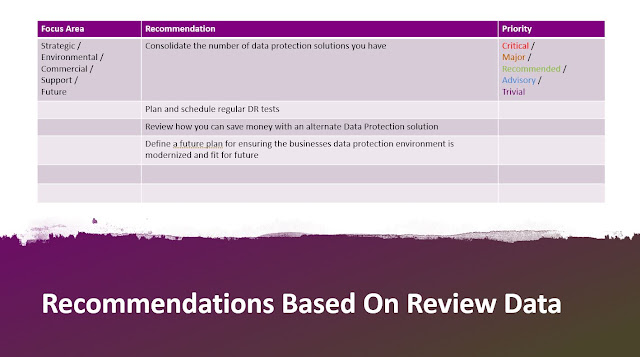The team here at Catalogic Software we won’t settle for second place, winning is part of our DNA.
However winning is something that isn’t done by simply putting the fastest engine on the grid or fastest storage device in your datacentre. You need to ensure you have the complete package. In Formula One there are 3 core components to a championship winning car:
1. The Engine
2. The Aerodynamics &
3. Reliability
All 3 of these areas are critical to the success or failure of a team. You could have the fastest engine in the world but with poor aerodynamics or reliability you will never win a race or championship. Something the Arrows A22 driven via Jos Verstappen pictured below definitely never managed!
The third aero wing was quickly banned by the FIA after Arrows attempting to use in practice around Monaco.
If you look deeper into the history of F1 you will find a whole host of banned aerodynamic developments as the designers always try to bend the boundaries and rules to deliver a competitive advantage and ultimately reduce lap times.
In the current day and age aerodynamics are arguably the most important factor in Formula One car performance. It has become the key to performance gain due to the often very marginal gains that can currently be made by engine changes or other mechanic component development.
Switching lanes back into the datacentre in here you again have 3 core components for a winning storage setup:
1. The Storage a.k.a the Engine
2. The Management, Orchestration and Automation a.k.a the Aerodynamics
3. Reliability
Here the management, orchestration and automation a.k.a the aerodynamics are in my opinion the most important factor in having a winning storage setup.
This is because most storage vendors can deliver the speeds, feeds and data functions needed to run data as quickly as possible. However, lightening fast storage doesn’t mean optimal performance and utilisation. The management, orchestration and automation tools are what enable IT teams to deliver optimal data performance and utilisation.
This is the exact reason all Pure Storage customers need Catalogic ECX to enable a winning storage setup. Pure storage is a leader in the Gartner magic quadrant, and therefore undoubtedly have the engine capabilities. With Catalogic ECX you can enable optimal utilisation of Pure Storage environments. We deliver an efficient architecture to enable effective management, orchestration and automation within the Storage environment. Some of the key game changing benefits we deliver are:













